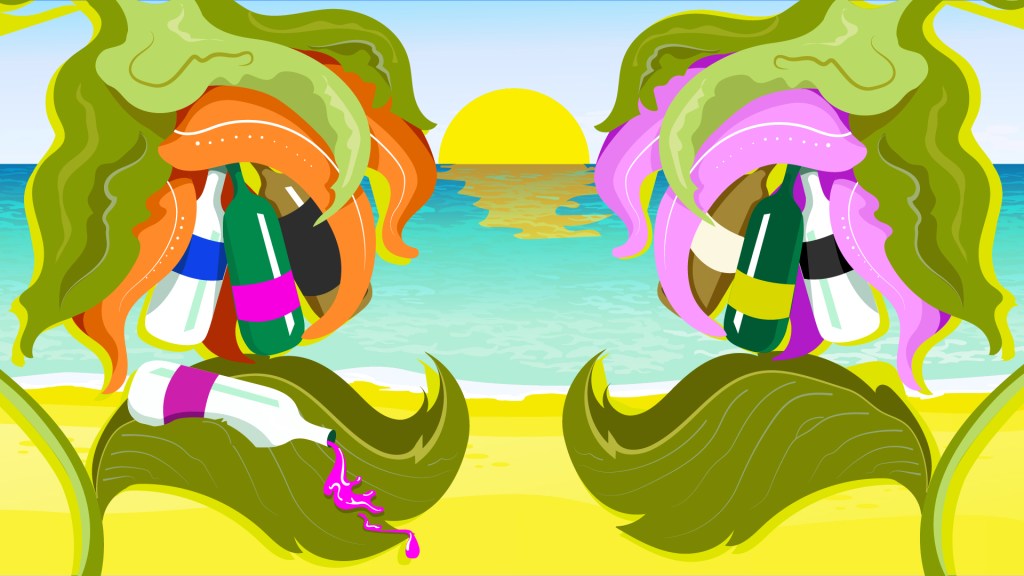In the First World—the United States, namely—moonshine’s status has gone from being a Prohibition-era ubiquity to something of the butt of jokes. We think of it as a beloved regional product of Appalachia, perhaps, or a potent, old-timey booze made in backyards by old men in the deep South.
But in many parts of the world, moonshine—unregulated alcohol distilled under questionable conditions—isn’t just a novelty of hill-dwelling culture: It’s a widely consumed beverage that subs in for vodka, whiskey, gin, or wine, in areas where money is scarce and brand-name drinks are too pricey for much of the population. In India, it is known as arrack, or country liquor.
Videos by VICE
Moonshine-making has not yet followed suit with other once-dangerous technologies, and continues to be high-risk for consumers. This worrisome trend has continued to be evident in the many high-profile mass poisonings that have taken place in the past few years because of the stuff, but it is most alarming with the events that took place in the past few days in India.
Ninety-seven people (some sources are saying 99) were killed over the weekend in Mumbai as a result of drinking illegal homemade moonshine that contained highly toxic levels of methanol, a colorless form of alcohol. Commercially, it’s primarily found in antifreeze, solvents, and even biofuel. And frighteningly, it tastes similar to its potable chemical cousin, but is extremely harmful when consumed—causing blindness, coma, and/or death. An additional 46 patrons of the dens remain hospitalized, many in critical condition.
Police seized more than 1,000 liters of the arrack and arrested seven people—five men and two women—who were allegedly operating the illicit “drinking dens” in the Laxmi Nagar slums in Mumbai, on charges including culpable homicide and poisoning. Some blamed one particular man, Francis D’Mello, for running one of the deadly makeshift bars.
Neighborhood dwellers told CNN that many men within the impoverished community work stressful, difficult jobs such as cleaning human waste or sweeping gutters for miniscule pay, and would drink the local moonshine as a means of escapism from the harsh realities of the slums, some to “numb their senses” from the horrific smells they were entrenched in during their daily grind.
This is hardly the first time that India has seen a bona fide massacre as a result of illegal moonshine operations. In 2011, 168 people were killed and hundreds more were hospitalized by drinking poisoned bootleg liquor in West Bengal, and the 2008 Karnataka-Tamil Nadu hooch tragedy was responsible for more than 150—possibly as many as 180—deaths in total.
Despite all of the horror stories, bootleg liquor remains popular in India as in other poor nations where legit booze can cost up to seven times as much as its homemade counterpart.
Last week, the Nigerian government banned the sale of illegally made gin known as Ogogoro, also called kparaga or Kai-Kai, after 56 people died in the Rivers state and Ondo states due to methanol poisoning from the drink.
Though these mass deaths are traffic, they remain all too common in many parts of the world. The only hope is that one might be frightening enough to ward off those who buy or sell this cheap booze that is all too pricey in its true costs.




